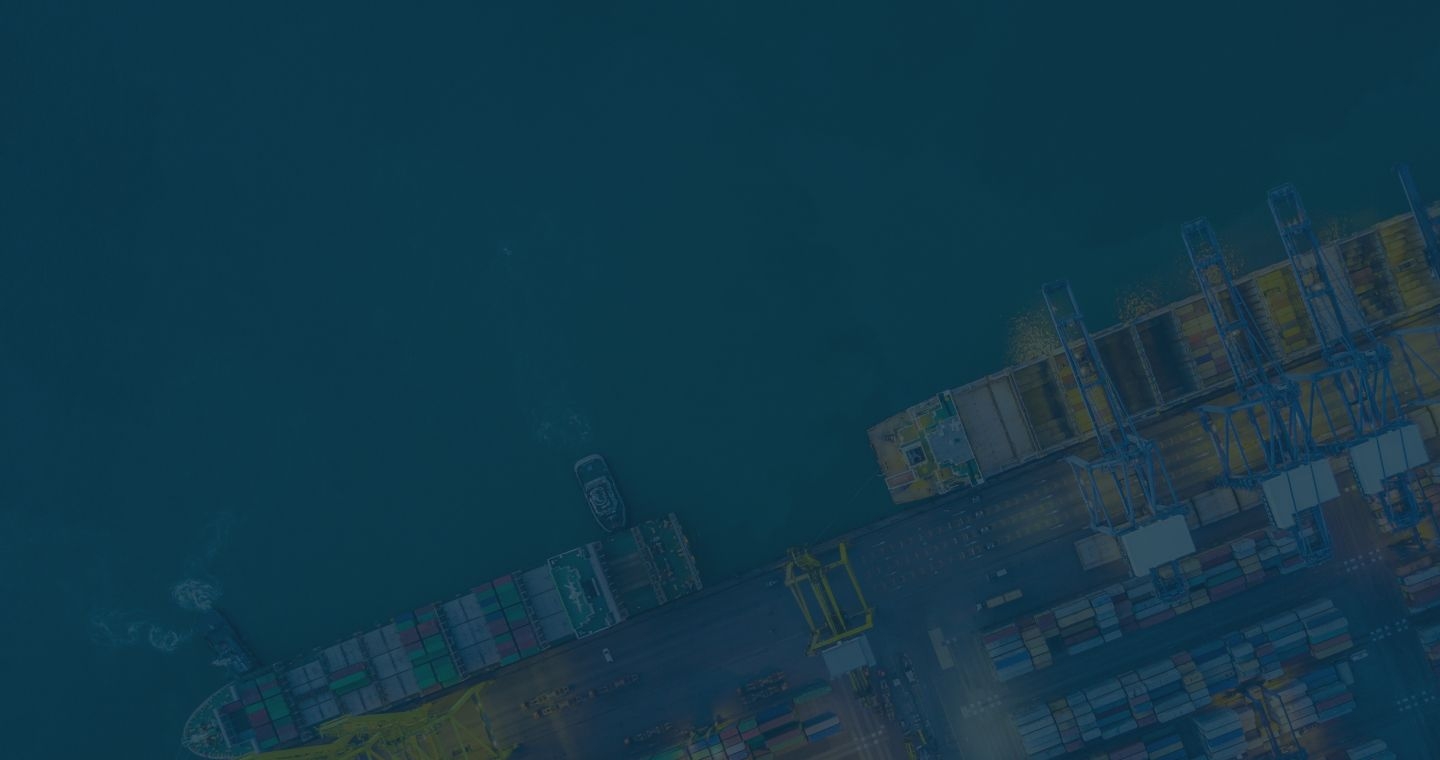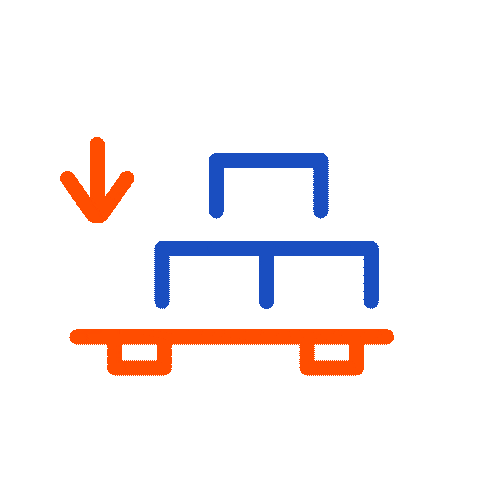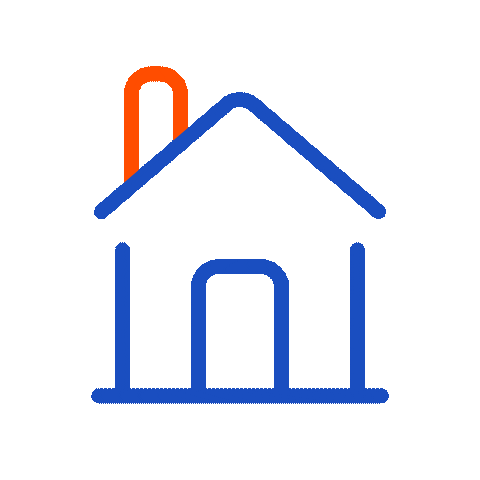
Container Shipping to Canada — Get Instant Quotes



Why Choose iContainers for Shipping to Canada?
- Unrivalled West-Coast capacity. The Port of Vancouver processed 3.47 million TEU in 2024, regaining pre-pandemic momentum and ensuring weekly deep-sea sailings from every major world region. (container-news.com)
- Balanced East-Coast network. Montréal handled 1.34 million TEU (Jan–Nov 2024) and partners with Halifax and Saint John to keep Atlantic routings fluid. (worldcargonews.com)
- Paperwork made simple. Our platform guides you through CBSA customs and the flat 5 % GST so duties and taxes are pre-calculated—no clearance surprises. (cbsa-asfc.gc.ca)
- Door-to-door reach. On-dock rail links at Vancouver, Prince Rupert, Montréal and Halifax connect quickly to Toronto, Calgary, Winnipeg and the U.S. Midwest.
- Speed when you need it. Upgrade to air freight via Toronto-Pearson (YYZ) or Vancouver (YVR) for 3- to 5-day door-to-door delivery.
Our Container Shipping Services to Canada
Full Container Load (FCL)
Large retailers and auto suppliers move sealed 20', 40' and 40'HC boxes straight into Vancouver, Prince Rupert, Montréal, Halifax or Saint John, cutting inland drayage and devanning delays.
Less-than-Container Load (LCL)
SMEs and e-commerce brands ship < 15 m³ via weekly LCL consolidations that devan in bonded depots at Vancouver, Montréal and Toronto—often saving 40-60 % versus paying for empty FCL space.
Popular mode: FCL dominates high-volume retail and automotive parts; LCL is booming for Amazon-CA and Shopify restocks.
Major ports / airports served: Vancouver, Prince Rupert, Montréal, Halifax | Air via YYZ & YVR.
Typical cargo: Consumer electronics, vehicles & parts, industrial machinery, apparel, wine & spirits—Canada’s top import categories. (www150.statcan.gc.ca)
Transit-time guide:
- Shanghai → Vancouver: ≈ 17–37 days (ocean leg) according to the iContainers transit-time calculator.
- Hamburg → Montréal: ≈ 12–15 days on North-Atlantic loops (summer schedule).
Country-specific challenges / opportunities:
- Winter ice in the St. Lawrence can slow Montréal arrivals—build buffer days into Q1 schedules. (marinedelivers.com)
- Periodic dock-labour actions at Montréal may add dwell time; we reroute via Halifax or New York if required. (reuters.com)
Alternative option: Air freight via YYZ/YVR trims door-to-door to 3-5 days for high-value electronics and urgent spares.
Container shipping rates to Canada
How much does it cost to ship a container to Canada?
How Long Does It Take to Ship a Container to Canada?
- East Asia → West Coast: 17–37 days (direct + trans-Pacific loops).
- North Europe → Montréal / Halifax: 11–15 days summer; 14–18 days winter.
- U.S. East Coast → Vancouver (rail-intermodal): 7–9 days after Seattle/Tacoma discharge.
Air freight door-to-door: 3–5 days via YYZ / YVR.
Popular Routes and Ports for Shipping to Canada
- Pacific loops connect Shanghai, Ningbo & Busan weekly to Vancouver and Prince Rupert.
- North-Atlantic services link Rotterdam, Hamburg & Antwerp to Montréal and Halifax.
- Inland barge & rail corridors move containers from Montréal to Toronto/Mississauga in ≤ 48 h and from Vancouver to Calgary in ≤ 36 h.
Steps to Book Your Container Shipment with iContainers
- Quote: Enter origin, destination and cargo specs for an instant rate.
- Docs: Upload commercial invoice, packing list & HS codes.
- Book & Pay: Confirm sailing and pay securely online.
- Track: Follow vessel, rail and customs milestones in real time.
- Clear: CBSA release + GST/Duty payment (DIY or via our broker).
- Deliver: Arrange final-mile truck or rail to warehouse, FTZ or Amazon-CA FBA.
What Can You Ship in a Container to Canada?
Common commodities
- Electronics
- Vehicles & parts
- Industrial machinery
- Apparel
- Wine & spirits
Restricted / Prohibited
Counterfeit brands, regulated firearms, dairy & meat without CFIA permits, hazardous waste without ECCC license.
FAQs About Shipping Containers to Canada
Most goods incur 0–18 % customs duty plus 5 % GST on the CIF value; our quote tool estimates both. (cbsa-asfc.gc.ca)
Yes—below 15 m³ you avoid paying for unused FCL space, typically saving 40–60 %.
Not mandatory, but strongly recommended—add door-to-door cover at checkout.
Reserve space 6–8 weeks ahead of December-February to buffer for ice-related slowdowns on the St. Lawrence. (marinedelivers.com)